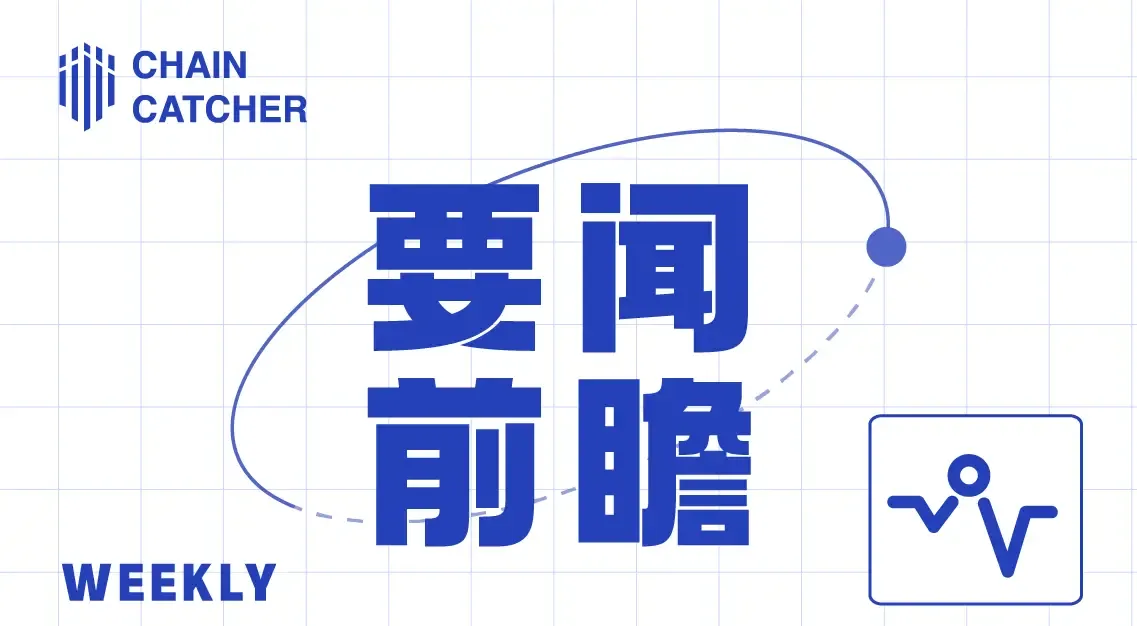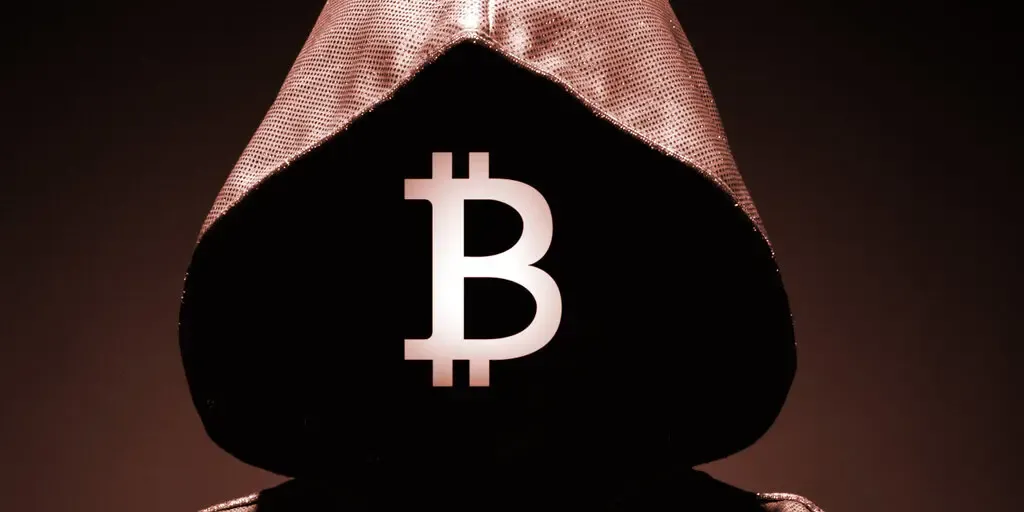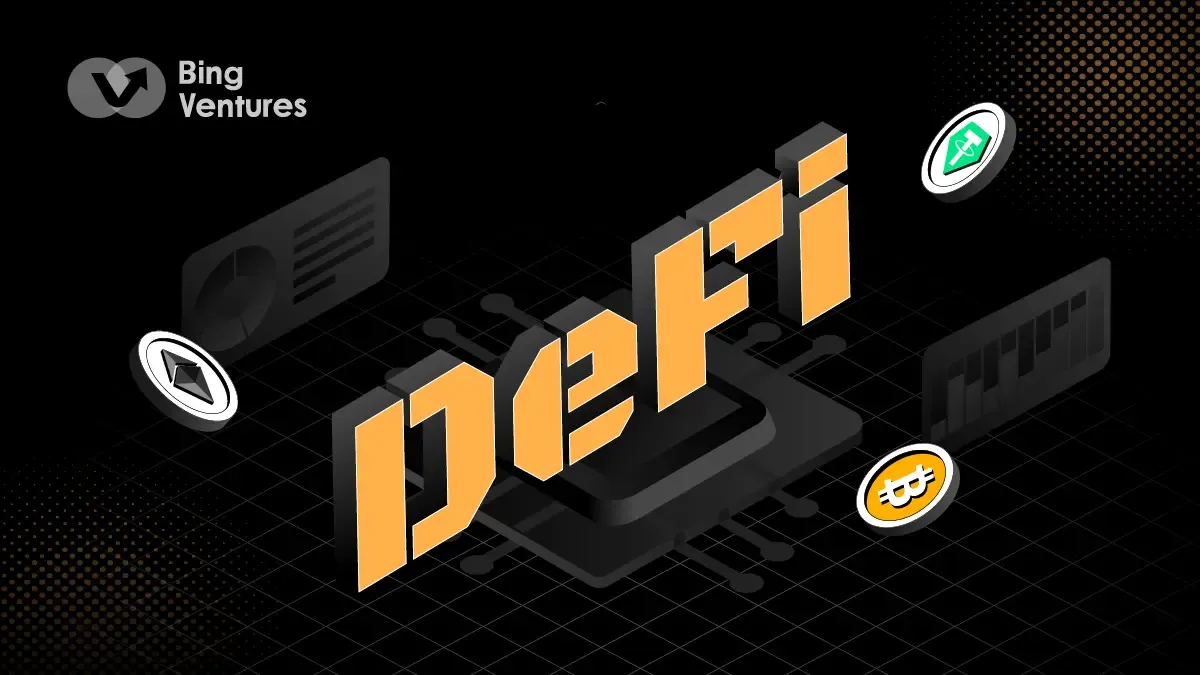The mainnet is officially launched, understanding the characteristics and operation mechanism of the decentralized information push protocol EPNS
Authors: Nianqing, Dong Yiming, Chain Catcher
In 2008, Apple announced the official launch of the world's first information push notification service, APN.
At that time, the internet, mobile applications, and social platforms were just starting out, and users had to return to websites and apps to check for service updates. However, the emergence of push notifications changed the way services communicated and interacted with users, shaping the success and prosperity of web2.0.
Now, with the rise of web3.0 and dApps, the situation is strikingly similar to that of the past. Most project updates require users to actively check on-chain; otherwise, they risk missing important information such as governance proposals for a token, low Gas fees, or loan liquidation risks, which affects user experience. Therefore, this new environment urgently needs an internal communication method.
Thus, EPNS (Ethereum Push Notification Service) was born, aiming to create a decentralized communication and notification protocol for Web3, and it officially launched its mainnet on January 11.
1. How does EPNS work? How is it different from web2.0 push methods?
The work of the EPNS communication layer is mainly divided into two parts: sending notifications and forwarding notifications.
In web2, apps like Facebook find it difficult to reach users directly when sending notifications; instead, they push through an intermediary like Apple Push Notification Service (APN). Therefore, EPNS functions similarly to APN, establishing a communication layer for web3 so that all smart contracts and dApps can access it.
This may seem trivial, but it essentially opens the door for all platforms. EPNS allows any dApp or smart contract to send incentives and dynamic notifications. Any smart contract, dApp, or backend can send on-chain or off-chain notifications related to user wallet addresses in a multi-chain, open, and platform-agnostic manner. As an open communication middleware, notifications can be integrated and displayed in any crypto wallet, mobile application, extension, or dApp.
The EPNS platform consists of three main participants—service providers, channels, and subscribers.
Service Providers: Refers to dApps or smart contracts that want to send push notifications.
Channels: Information push services activated by the EPNS protocol. Service providers set up their own channels to send notifications when specific events occur or certain parameters are triggered, and users can choose to subscribe to channels of interest.
Subscribers: Users who subscribe to channels and want to receive relevant push notifications.
You can imagine several application scenarios:
DEX (Decentralized Exchange): Users can set notifications for when a certain token's price drops or rises by a certain percentage, as well as for trade results, gas fee prices, etc.
DeFi: Users can set notifications for impending liquidations using lending protocols; in highly volatile market conditions, LP providers can also set push notifications for impermanent loss to stop losses in time. If DeFi users interact with a particularly early or untested project, they can also set pushes to alert them of significant fund movements.
NFTs and Games: When trading NFTs or items in games or markets, users can subscribe to push notifications to better time their trades, including sales/auction times, alerts for a crypto artist's auction items, bidding results, and NFT sale reminders.
Consumer applications like ENS for service expiration reminders.
Governance: When a project initiates a new governance proposal vote or when a governance proposal is passed.
Additionally, an interesting point is that the EPNS protocol gives both parties in the information push a great deal of freedom. Service providers can freely decide what information to convey to users, but each push incurs a fee (priced in ETH or DAI), and users can also freely decide whether to subscribe to a channel.
To avoid users receiving spam and unwanted pushes, EPNS users can rate the channels they subscribe to (with a score range of 0-1, where a lower score indicates a higher quality channel). Of course, users can also directly unsubscribe from channels, which will affect the channel's score.
As a result, the push limits of channels will be influenced by user ratings, and their push permissions are at risk of being shut down until ratings return to a reasonable range. This mechanism will greatly constrain service providers, forcing them to consider the user's perspective and strive to improve push quality.
Currently, users can receive instant notifications for subscribed channels by downloading the EPNS APP or using the browser extension.
So, what is the difference between EPNS and web2.0 push methods?
The main difference lies in the token economics of EPNS.
The slogan of the EPNS protocol is "Subscribe, Notify, Earn." We have already explained Subscribe and Notify; now we turn to Earn, which involves the native token of the EPNS protocol. Notably, EPNS has introduced a staking mechanism based on the Aave protocol to incentivize users.
PUSH is the native governance token of the EPNS protocol. It serves as a medium of exchange among participants within the protocol. PUSH provides its holders with two main benefits: governance rights and receivable rewards. After the network token is generated, PUSH holders will be able to participate in the evolution of the EPNS protocol and receive rewards from the fees paid to the network.
Governance Rights: PUSH grants token holders the right to vote on protocol decisions, including staking structure, staking mechanisms, and reward distribution rates. Governance voting rights may include participation in determining the fee structure for subscription services, DeFi mechanisms for the equity pool (i.e., the option to stake through AAVE or other equity staking), and other key incentives and financial elements of the protocol.
Receivable Rewards: When service providers create channels, they must deposit a fee of at least 50 DAI into a common staking pool. The public staking pool aggregates all channel fees within the EPNS protocol and stakes them in AAVE to generate ongoing passive income. The generated passive income (DAI) will be proportionally distributed to subscribers based on the time they joined the EPNS channel. When service providers close a channel, the fees will be collected.
Currently, the price of the PUSH token is $2.6, with a circulating market cap of approximately $40 million and a diluted market cap of $260 million.
2. Development History and Planning of EPNS
EPNS was founded in 2020 by Harsh Rajat and Richa Joshi, with the main founding team coming from India.
At the same time, EPNS has also recruited industry heavyweights as team advisors, including Sandeep Nailwal, co-founder of Polygon, Vivek Singh, co-founder of Gitcoin, and Nischal Shetty, founder of WazirX.
In December 2020, EPNS completed a $750,000 seed round of financing, with participation from industry insiders such as the former CTO of Coinbase, co-founder of Gitcoin, head of MakerDAO, and co-founder of EthHub.
In March 2021, EPNS completed a $660,000 seed round extension financing at a valuation of $12 million, with investments from Binance Labs, LD Capital, and others.
During the testnet phase, EPNS has partnered with protocols such as Uniswap, AAVE, Alpha Homora, TrueFi, Gitcoin, Polygon, Superfluid, and Biconomy, allowing users of these platforms to subscribe to information on liquidation risks, declining loan health, governance proposal updates, and more.
On January 11, EPNS also collaborated for the first time with the centralized platform Huobi, which will provide its users with push notifications for token listings and other CEX announcements through EPNS. Whenever a key operation related to token listings on the Huobi exchange occurs, subscribers of that channel will be notified, including listing times or token sale times.

In the future, EPNS will continue to expand its service scope, aiming to become "the default communication layer for all Web3." Although currently, the communication network is only enabled on Ethereum.
EPNS refers to itself as "agnostic to blockchains," meaning it does not hold any single blockchain as its sole belief but hopes that all L1 or L2 projects can effectively communicate and collaborate through EPNS. To achieve this vision, EPNS divides the protocol into two different smart contracts: EPNS Core and EPNS Communicator.
The EPNS Core smart contract will reside on the Ethereum blockchain, handling most of the heavy lifting, including channel creation, governance, and incentive mechanisms; while the EPNS Communicator supports multi-chain communication. It can be deployed on any blockchain network that wishes to integrate push notifications, responsible for actually sending notifications and handling channel subscriptions. The operations of these two smart contracts are overseen by their architecture core PUSH node system.
3. Competitive Landscape
In addition to EPNS, there are other explorers in the push notification service space, such as HAL. HAL is an on-chain notification protocol, which is less known compared to EPNS, but its mainnet was launched in June 2020, and it has not yet issued a token.
It is reported that HAL helps users receive notifications about on-chain loan health, new funding pools, new proposals, lottery winnings, gas fee changes, etc., through email, Telegram, Slack, and other means. Currently, it supports users subscribing to notifications from nearly ten leading DeFi protocols such as Aave and Compound, with protocols like Bancor also integrating this product, reaching thousands of users.
Some lending projects are also independently developing such services, for example, the BSC lending project Venus, where users can set warning notifications for their collateral ratios directly on their account homepage. Once the collateral ratio reaches the user-defined value, a Telegram bot will send notifications to the user's account, currently charging 0.06 BNB per month.
However, EPNS has clear advantages in terms of influence, the breadth and depth of third-party collaborations, etc. This mainnet launch will further validate user demand for on-chain message notifications and the business model, which remains to be observed further.











